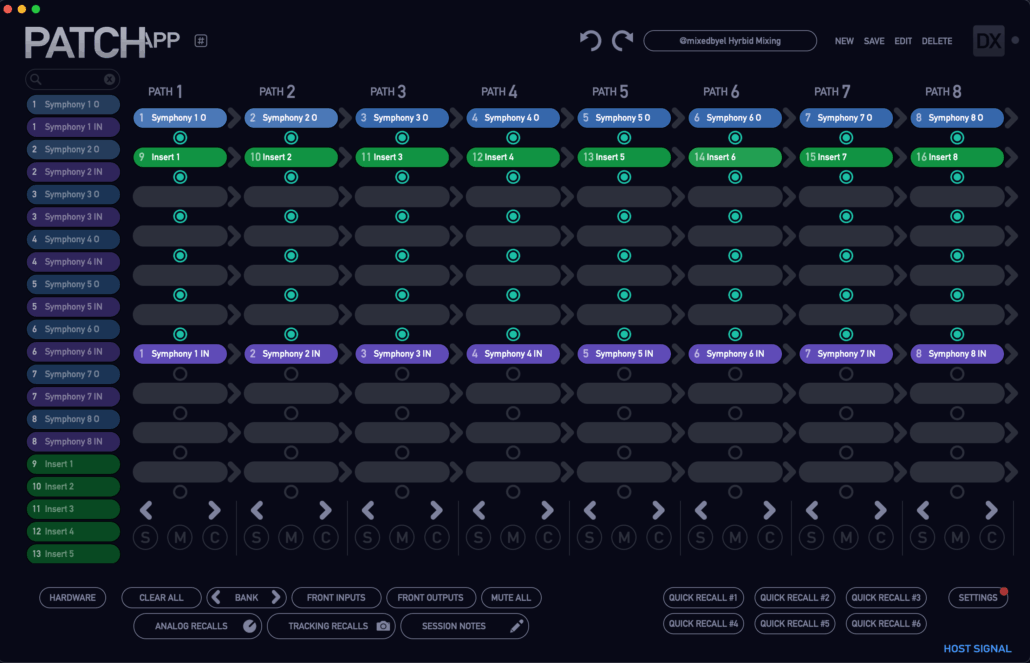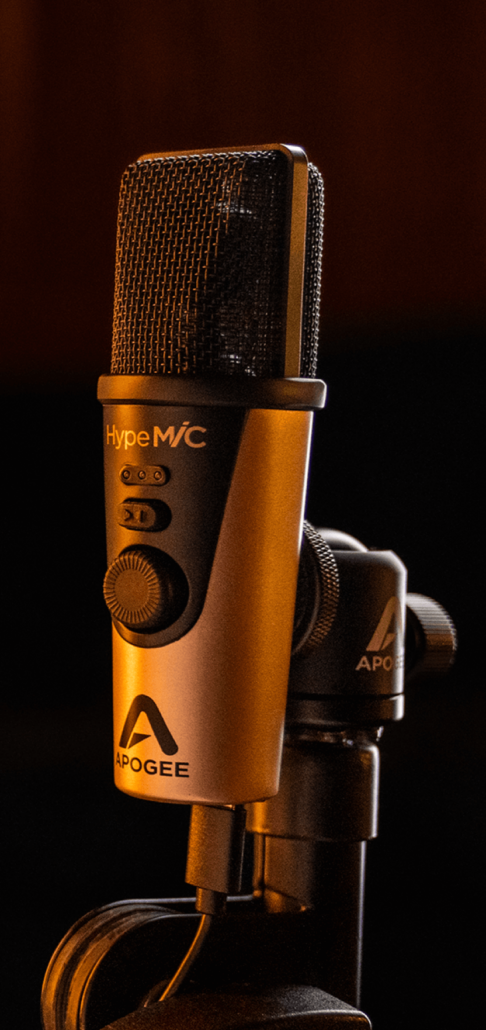MixedbyEL switches to the Apogee Symphony Studio from UAD
We recently spoke with MixedbyEL, a rising force in the world of audio engineering, celebrated for his dynamic work in rap, R&B, and pop. From his early days recording local artists to his current role as a respected full-time engineer and content creator, MixedbyEL has always been driven by the finer details of sound. In this interview, we dive deep into his hybrid mixing workflow, his passion for both analog gear and plugins, and the reasons behind his recent upgrade to the Apogee Symphony Studio 8×16—a move he says was key to achieving a new level of depth and clarity in his mixes.
Could you introduce yourself and how you got involved with being a mix engineer?
I’m MixedByEl — full-time audio engineer, and content creator. I’ve been working in the rap, R&B, and pop space for years, blending hybrid mixing with both analog gear and plugins. I started out recording and mixing local artists, then slowly built my setup piece by piece until I had a studio that could handle anything from indie projects to label releases. Over time, my passion for getting records to sound competitive with what you hear from the biggest names pushed me deeper into engineering. I’ve always been obsessed with the details, tonal balance, width, punch — so being a mix engineer was just the natural lane for me.
You recently upgraded your studio with the Symphony Studio 8×16, what were some of the reasons behind it?
I wanted the cleanest, most open conversion possible for my hybrid workflow. I’m constantly bouncing between the DAW and hardware — WesAudio, patchbay routing, different chains for vocals and mix bus, so having Apogee’s conversion and clocking was a big jump in quality for me. I also wanted a system that I wouldn’t outgrow so fast. The 8×16 gave me headroom for my current setup and the flexibility to expand as my studio keeps growing.
Can you walk us through your old setup vs. now your new one?
Before, I was running an Apollo x6 as my main interface. It was good for what it was — convenient, solid conversion — but I was starting to hit walls with latency and conversion when hybrid mixing with & without ADAT. Now with the Symphony Studio 8×16, my workflow is on another level. I can route everything through the Flock Patchbay without worrying about bottlenecks, track with better clarity, and mix through my analog chain without the converter getting in the way. It feels like the mix just opens up.
You mentioned hesitation around ADAT being excluded. After trying it out, why did you decide that Symphony Studio was the better route?
At first, I was hesitant because I was used to having ADAT for extra expansion, but once I heard the 8×16 and realized how clean the conversion was with no latency and how much I actually didn’t need ADAT for my workflow after setting up with my flock patch made it more convenient — it was a no-brainer. I’d rather have fewer, higher-quality I/O channels than more channels with compromised conversion.
Sonically, what’s the thing that stands out the most to you going from the Apollo x6 to the Symphony Studio?
Depth and separation. On the Apollo, things sat together well enough, but with the Symphony, I can actually feel the front-to-back space. The stereo image is more 3D, the low end is tighter, and the top end has this smooth, non-fatiguing clarity. It’s not hyped — it’s just honest and big-sounding.
Coming from UAD’s Console, was it an easy transition to Apogee’s Control 2? Did you find it to be a better experience?
It was a quick adjustment. I liked the UAD app for what it was, & Control 2 is just as great & streamlined for my style of work. I’m not chasing a ton of onboard DSP anymore — I’m routing real hardware — so the focus for me was stability and speed. Control 2 gets out of the way and just lets me work. I don’t feel like I’m fighting the software.
How does the Flock Patchbay complement the Symphony? When do you think this is a worthwhile difference in workflow for upcoming engineers and mixers?
The Flock Patchbay is the backbone of my hybrid setup now. With the Symphony handling the conversion, the Flock makes it instant to route anything anywhere — tracking vocals through my Wesaudio Rhea, hitting my Hyperion + Dione mix bus chain, or throwing a piece of gear on a single stem without repatching cables. For upcoming engineers, I think once you start working with multiple pieces of outboard, a digital patchbay becomes a must. It’s the difference between experimenting freely and avoiding certain chains just because repatching is a headache.

Do you think it’s worth investing in outboard gear as a mix engineer or do you think ITB mixers can still achieve a great mix?
You can 100% get a great mix ITB — especially today — but for me, the outboard gear gives me a certain feel, and depth that I just haven’t been able to replicate perfectly with plugins yet. It’s also about inspiration. Hitting real analog hardware changes the way I work creatively. That said, I always tell upcoming engineers: master ITB first, then start adding hardware when you have a reason for each piece. Gear for gear’s sake won’t make the mix better — but the right hardware in the right chain can take it over the top.
Watch MixedbyEL’s full Symphony Studio review below.

